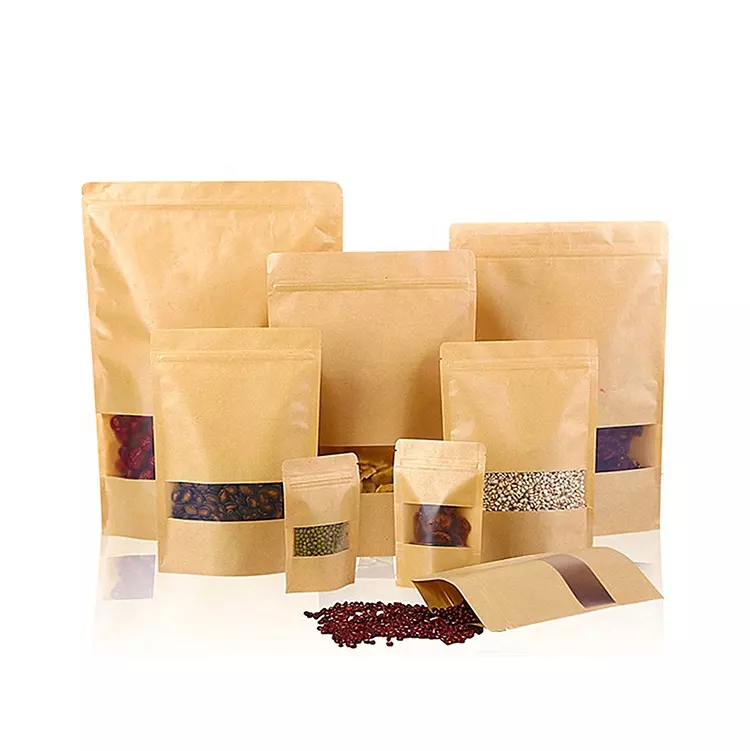- Afrikaans
- Albanian
- Amharic
- Arabic
- Armenian
- Azerbaijani
- Basque
- Belarusian
- Bengali
- Bosnian
- Bulgarian
- Catalan
- Cebuano
- chinese_simplified
- chinese_traditional
- Corsican
- Croatian
- Czech
- Danish
- Dutch
- English
- Esperanto
- Estonian
- Finnish
- French
- Frisian
- Galician
- Georgian
- German
- Greek
- Gujarati
- haitian_creole
- hausa
- hawaiian
- Hebrew
- Hindi
- Miao
- Hungarian
- Icelandic
- igbo
- Indonesian
- irish
- Italian
- Japanese
- Javanese
- Kannada
- kazakh
- Khmer
- Rwandese
- Korean
- Kurdish
- Kyrgyz
- Lao
- Latin
- Latvian
- Lithuanian
- Luxembourgish
- Macedonian
- Malgashi
- Malay
- Malayalam
- Maltese
- Maori
- Marathi
- Mongolian
- Myanmar
- Nepali
- Norwegian
- Norwegian
- Occitan
- Pashto
- Persian
- Polish
- Portuguese
- Punjabi
- Romanian
- Russian
- Samoan
- scottish-gaelic
- Serbian
- Sesotho
- Shona
- Sindhi
- Sinhala
- Slovak
- Slovenian
- Somali
- Spanish
- Sundanese
- Swahili
- Swedish
- Tagalog
- Tajik
- Tamil
- Tatar
- Telugu
- Thai
- Turkish
- Turkmen
- Ukrainian
- Urdu
- Uighur
- Uzbek
- Vietnamese
- Welsh
- Bantu
- Yiddish
- Yoruba
- Zulu
Understanding the Role of Gussets in Structural Engineering and Design Considerations
Understanding Gusset Paper An Essential Tool in the World of Packaging and Design
In the realm of packaging and design, few materials are as versatile and functional as gusset paper. This innovative product has gained popularity across various industries, providing practical solutions that cater to both aesthetic and functional needs. In this article, we will delve into what gusset paper is, its applications, and why it has become an essential tool for businesses and designers alike.
What is Gusset Paper?
Gusset paper is a type of paper that is designed with folds or pleats, typically on the sides, allowing it to expand when filled with products. This unique structure creates a three-dimensional shape, making it highly useful for packaging items ranging from food products to consumer goods. The gussets enable the packaging to open wide, facilitating easier filling and access to the contents. Commonly seen in bags, boxes, and envelopes, gusset paper can be made from various materials, including kraft paper, coated paper, or recycled paper, depending on the intended use.
Applications of Gusset Paper
1. Food Packaging One of the most common uses of gusset paper is in food packaging. Bakery items, snacks, and other perishable goods benefit from gusseted bags, which enhance airflow and keep products fresh. The expandable nature of the gusset allows for efficient packaging, making it easier to handle bulk quantities while maintaining the integrity of the food.
2. Retail Bags Retailers frequently utilize gusset paper for shopping bags. With their ability to stand upright and store more items, gusseted bags provide a functional and stylish solution for customers. These bags can be customized with branding and designs, allowing businesses to enhance their visibility while promoting sustainability through recyclable materials.
gusset paper

3. Gift Wrap and Craft Projects Gusset paper is also popular in the world of crafts and gift wrapping. Designers and crafters appreciate its aesthetic appeal and functionality, using it to create unique gift bags and decorative items. The ability to customize gusset designs allows for creative expressions, making gifts more personal and memorable.
4. Industrial and Shipping Use In the industrial sector, gusset paper plays a crucial role in packaging bulk products for shipping and storage. Its robust structure and flexibility enable it to hold heavy loads, ensuring that items remain secure during transport. Businesses often rely on gusseted paper bags to package everything from hardware parts to textiles.
Benefits of Using Gusset Paper
The advantages of gusset paper are numerous. First and foremost, the design maximizes storage space, allowing for more efficient packaging without compromising on capacity. The gusseted structure is also conducive to branding, as businesses can easily print logos and designs on the surface, enhancing product visibility in the market.
Sustainability is another significant factor contributing to the popularity of gusset paper. Many manufacturers produce gusseted products using eco-friendly materials, ensuring that businesses can adhere to environmental standards while providing quality packaging solutions. The ability to recycle gusset paper also aligns with the increasing consumer demand for sustainable practices.
Conclusion
Gusset paper has proven to be an invaluable resource in the packaging and design industries. Its versatility and functionality make it suitable for a wide range of applications, from food packaging to retail and industrial use. As businesses continue to prioritize sustainability and aesthetic appeal, the demand for gusset paper is likely to grow. In an era where packaging speaks volumes about a brand’s identity, investing in high-quality gusset paper solutions is more relevant than ever. Whether you're a business owner, designer, or simply a craft enthusiast, understanding and utilizing gusset paper can elevate your packaging game and contribute to a more sustainable future.













